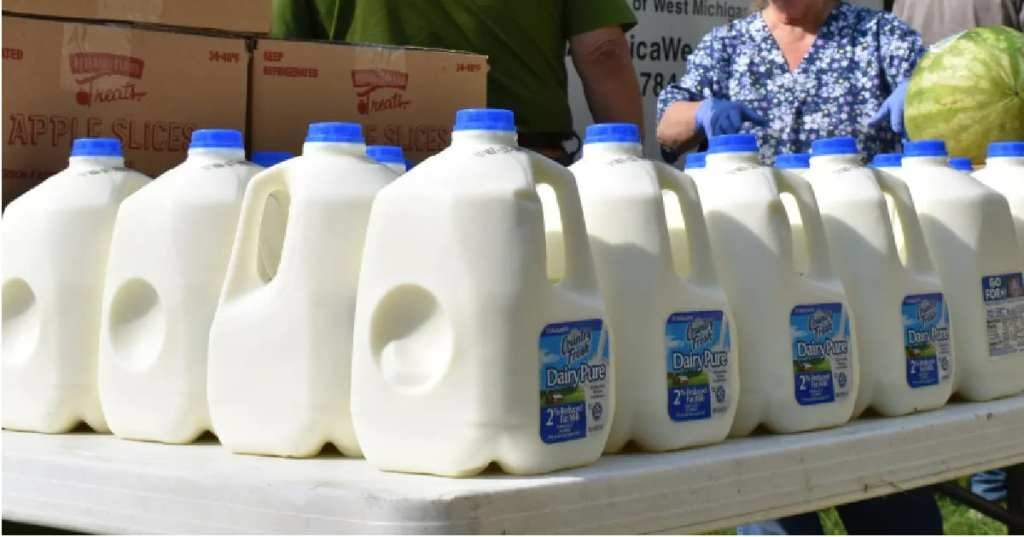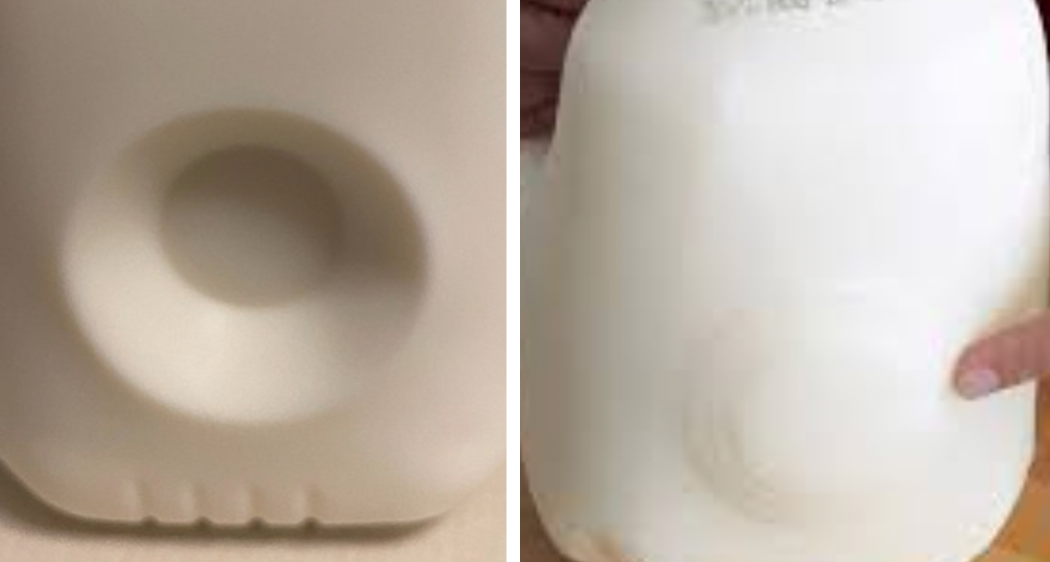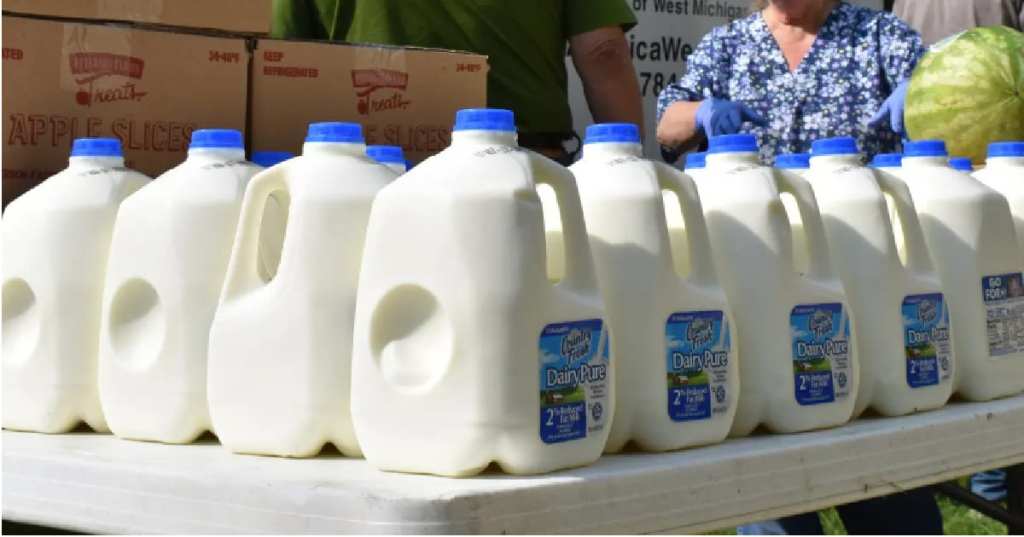
If you’ve ever picked up a plastic gallon of milk and noticed the circular dent—that slightly sunken-in spot on the side—you might have assumed it was simply a design quirk or part of the manufacturing process. But in fact, this small detail plays an important role in the structural integrity, functionality, and safety of your milk container.
From pressure regulation to shock absorption and material efficiency, the circular indentation is a small but powerful feature in packaging design. Here’s a detailed look at the purpose and science behind the milk jug dent.
Understanding the Circular Dent on Plastic Milk Jugs
Plastic milk jugs—usually made from high-density polyethylene (HDPE)—are carefully engineered for both cost efficiency and durability. While they may appear simple, these containers are the product of decades of development aimed at improving food safety, transport logistics, and sustainability.
The circular dent, typically found on one or both sides of a milk jug, serves multiple engineering and safety purposes:
1. Allows for Expansion Due to Temperature or Pressure Changes
Milk is a perishable, temperature-sensitive liquid. It must be kept cold to prevent spoilage, which presents unique challenges during transportation and storage. When milk jugs are transported from processing facilities to grocery stores, and then into your home refrigerator, they may undergo slight temperature changes.
Liquids expand and contract depending on temperature. According to thermodynamic principles, as milk warms slightly (e.g., during distribution or storage outside refrigeration), it can expand. The dent acts as a built-in expansion chamber, allowing the jug to slightly deform outward without rupturing.
This is particularly important when milk is accidentally frozen, which causes significant expansion. Without this flexible area, the jug could split or crack. By design, the dent provides a buffer that accommodates internal pressure changes, helping maintain the container’s integrity.

2. Acts as a Shock Absorber During Impact
Anyone who has accidentally dropped a jug of milk knows the risks of spillage and cracking. The dent helps distribute the force of impact when the jug is dropped or mishandled. Think of it like the crumple zone in a car—it’s designed to deform slightly under stress to protect the overall structure.
The shape of the dent absorbs some of the impact energy, reducing the chance of breakage. This helps manufacturers reduce waste during transportation and ensures the jug is more resilient once in consumer hands.

3. Provides Structural Strength Using Less Plastic
The circular dent isn’t just about shock absorption or pressure. It also reinforces the side of the jug without adding more plastic. This concept, often referred to as structural ribbing or geometry-based reinforcement, is used in packaging to add strength without increasing weight or cost.
The same principle is used in corrugated cardboard, automobile panels, and airplane fuselages—geometry adds strength. The dent essentially acts as a support beam, increasing rigidity in the side wall of the jug and helping it maintain shape when stacked or filled.
This design is especially valuable for reducing plastic use, supporting the industry’s push for sustainable packaging. According to the Plastics Industry Association, HDPE milk jugs are already among the most recycled plastic containers in the United States, and innovations like the structural dent help make them lighter and more resource-efficient.

4. May Indicate Spoilage in Rare Cases
While not a formal spoilage indicator, some consumers and retailers have noted that the dent may pop out or bulge in jugs containing spoiled milk. This occurs when bacterial activity inside the container begins producing gases (like carbon dioxide), creating pressure that pushes the dent outward.
Although not all changes in dent shape indicate spoilage, it can serve as an early warning sign if accompanied by other spoilage symptoms like sour smell or thickened texture. However, for food safety, the “sell by” or “use by” date, proper refrigeration, and sensory checks (smell, taste, appearance) remain the most reliable ways to determine freshness.

Additional Design Benefits of the Milk Jug Dent
Beyond these core functions, the circular dent contributes to a range of secondary benefits that improve consumer experience and retail logistics:
- Stackability: The shape enhances the jug’s ability to resist deformation when jugs are stacked for storage or transport.
- Handling Efficiency: The dent makes the jug easier to grip and reduces the risk of slipping, especially when condensation is present.
- Cost Efficiency: Incorporating the dent allows for thinner plastic walls, reducing manufacturing costs while maintaining performance.
This clever design balances engineering efficiency, consumer convenience, and environmental responsibility.
A Small Detail with a Big Purpose
It’s easy to overlook the engineering innovation behind everyday objects like the humble milk jug. But packaging engineers, material scientists, and food safety experts have carefully designed every aspect—including the circular dent—to ensure safety, functionality, and cost-effectiveness.
Next time you pour milk into your cereal or coffee, take a second look at that little indent. It’s doing more than meets the eye—helping protect your milk, reduce waste, and prevent spillage.

Sources and References:
- Institute of Food Technologists – Packaging Science & Safety
- FDA – Food Storage Guidelines
- Journal of Applied Packaging Research, Rochester Institute of Technology
- Plastics Industry Association – Packaging Sustainability
- U.S. Department of Agriculture (USDA) – Dairy Handling and Safety


